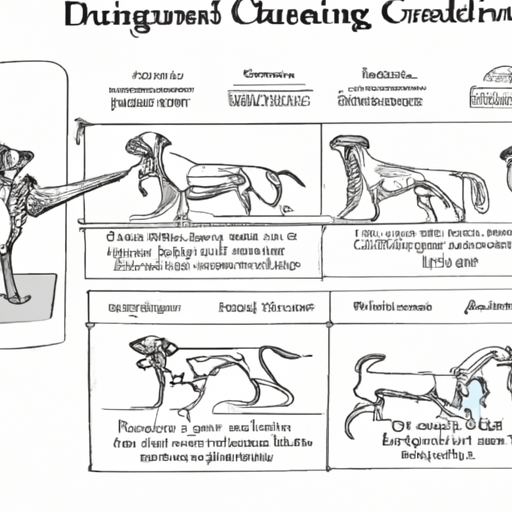As a caregiver, you will want to know about the final stages of Cushing’s disease in dogs. This article seeks to provide you with the necessary information, to help you understand and better care for your canine friend during these challenging times.
1. Understanding Cushing’s Disease
Cushing’s disease—also known as hyperadrenocorticism—occurs when a dog’s body overproduces cortisol. This hormone is crucial for responding to stress and modulating the immune system. However, an excess can lead to severe health problems.
Here is a simple table summarizing the types of Cushing’s disease:
| Type of Cushing’s Disease | Cause |
|---|---|
| Pituitary-dependent | Benign tumor in the pituitary gland |
| Adrenal-dependent | Tumor in one or both adrenal glands |
| Iatrogenic | Overuse of glucocorticoid medications |
2. Recognizing the Symptoms
In the final stages of Cushing’s disease, your dog may exhibit various signs. Here are some symptoms you might notice:
- Increased thirst and urination
- Increased appetite
- Hair loss and thinning of the skin
- Enlarged abdomen
- Lethargy and decreased activity
3. The Progression of the Disease
Cushing’s disease generally progresses slowly, and symptoms may not appear until the disease is advanced. As the disease progresses, symptoms become more severe, and additional complications may arise, such as:
- Kidney damage
- High blood pressure
- Diabetes
- Heart disease
- Infections due to a weakened immune system
4. Management and Treatment
While Cushing’s disease is not curable, it can be managed to improve your dog’s quality of life. Treatment options include:
- Medication: Drugs like Trilostane and Mitotane can control cortisol production.
- Surgery: If a tumor is causing the disease, removing it might be a viable option.
- Radiation Therapy: This is typically considered for pituitary-dependent Cushing’s.
5. End-of-Life Care
When the disease reaches its final stages, it’s about ensuring your dog’s comfort. Here are some tips:
- Maintain a regular feeding schedule with a balanced diet
- Keep your dog hydrated
- Administer prescribed medications on time
- Provide a comfortable and quiet place for your dog to rest
- Regular vet visits to monitor disease progression
FAQs
Q: How is Cushing’s disease diagnosed?
A: Diagnosis usually involves blood tests, urine tests, and imaging studies.
Q: Can diet change help manage Cushing’s disease?
A: Yes, a balanced diet can help manage symptoms and improve overall health.
Q: Is Cushing’s disease painful for my dog?
A: The disease itself isn’t painful, but complications such as kidney stones or infections can cause discomfort.
Q: How long can a dog live with Cushing’s disease?
A: With proper management, a dog can live 2-3 years and sometimes longer after being diagnosed.
Remember, your vet is always the best source of information regarding your dog’s health. Don’t hesitate to reach out to them if you have any concerns.



